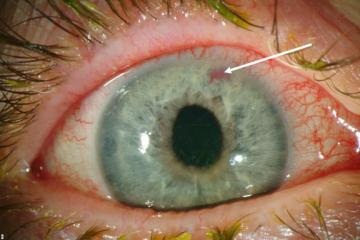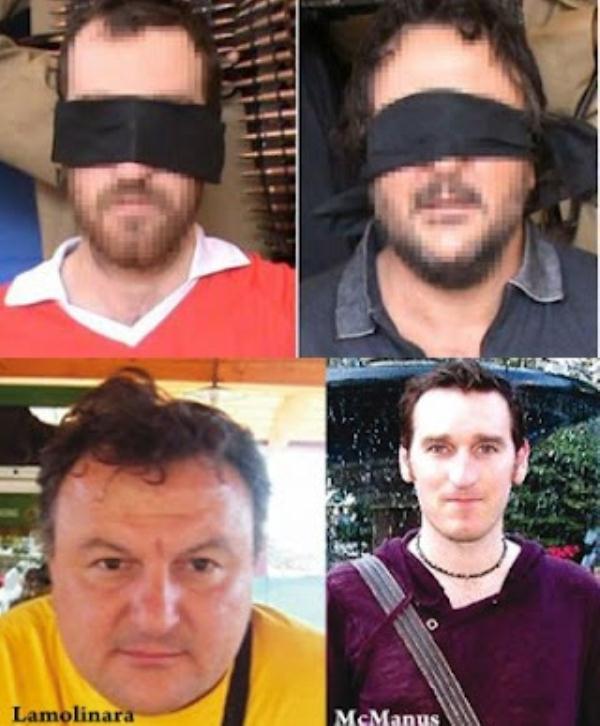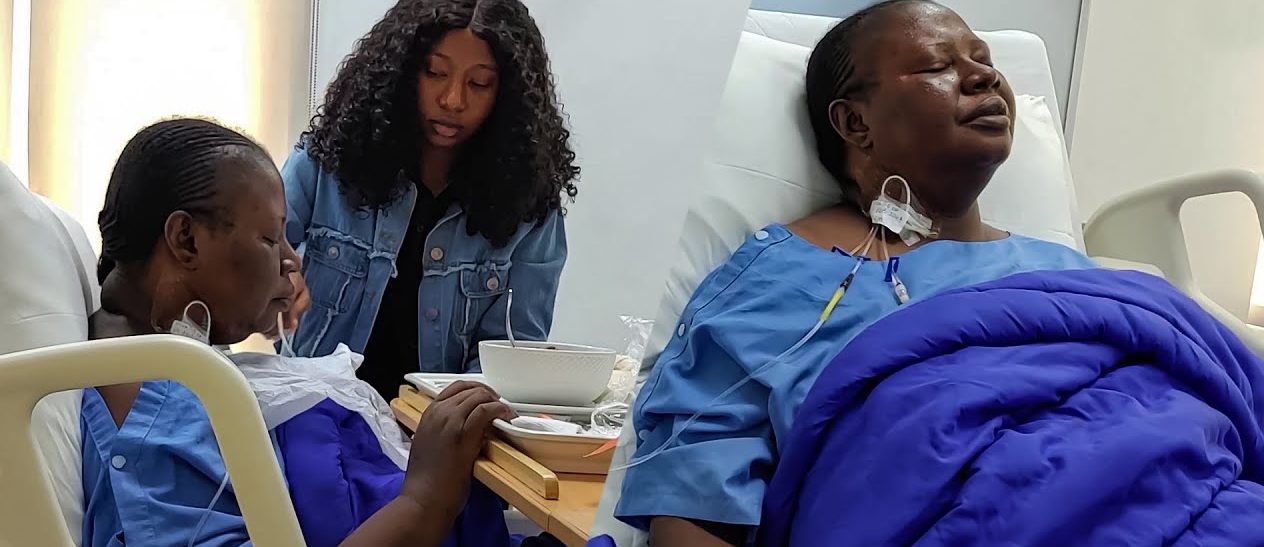
Glaucoma is a disease that damages the optic nerve, and is the most common cause of blindness in the USA. Most loss of vision from glaucoma is preventable if the disease is treated early enough.
Glaucoma is known as the silent thief of vision for good reasons. Over 90 percent of cases of glaucoma are of a variety that may have no signs or symptoms because peripheral vision can be lost before a person’s central vision is affected. Many people are unaware they are losing vision until less than 20 percent of their visual field remains. Unfortunately, this can frequently be prevented by a simple test for glaucoma routinely performed as part of a complete eye examination.
Glaucoma is a leading cause of blindness in adults in the world; one estimate claims nearly 68 million persons worldwide with almost 7 million becoming bilaterally blind. Unfortunately, nearly 50 percent of people with glaucoma may go undetected until they have lost substantial vision. With the increasing risk of glaucoma with age, this is especially important for the elderly population. The estimated percent of the population in the USA over 65 is expected to more than double within the next few years.
The number of new glaucoma cases is expected to proportionally increase. The importance of obtaining a full medical eye evaluation, including a glaucoma check, is advised for anyone over the age of 40. Many cases of glaucoma may take years to show signs of visual loss. The goal in Ophthalmology is to detect glaucoma at the earliest stage so that appropriate medical and surgical therapy may prevent visual loss.
Diagnosis
There are three important factors in the diagnosis of glaucoma: intraocular pressure (the pressure inside the eye), the condition of the optic nerve and the patient’s visual field.
In the case of open angle glaucoma, pressure builds up slowly over many months or even years. Glaucoma can also occur with normal eye pressure. There is generally no pain, redness or blurred vision, and in the early and middle stages, patients may not realize that they have glaucoma, unless they receive regular eye examinations.
The physician will also check the condition of the optic nerve, looking for the telltale paleness and indentation that may indicate glaucoma. Once vision is lost due to optic nerve damage, it cannot be restored: current glaucoma treatments aim to stop or slow further loss of vision by reducing pressure.
Typical early vision loss caused by glaucoma begins in the side, or peripheral vision. A large amount of side vision can be lost before the patient notices, and by this stage, the glaucoma may be very advanced, and it may be difficult to prevent further vision loss. A careful visual field examination, though rather time consuming, may well identify loss of peripheral vision before the patient notices, allowing early treatment of the glaucoma.
Types
Glaucoma means damage to the optic nerve in the back of the eye which sends the signals to the brain related to the sense of sight. This interrupts the sense of sight and leads to an irreversible loss of vision. This can be due to a number of mechanisms. The most widely accepted is elevation of the pressure within the eye, which directly damages the nerve. There is a second theory that insufficient blood supply to the optic nerve may also cause damage. The various mechanisms that contribute to glaucoma are still not clearly understood and are being actively investigated. Currently, the only treatment available to prevent further loss of vision from glaucoma is the lowering of the pressure within the eye. This can be achieved by several methods. These include: medical treatment, laser treatment, and surgical treatment.
There are two primary types of glaucoma, open-angle and angle-closure. The first is by far the most common and is either inherited or develops with age. The patient rarely notices the symptoms with open-angle glaucoma until relatively advanced stages of the disease. Unfortunately, by this point in the disease a patient may have irreplaceably lost a large portion of their visual field. Early detection and appropriate treatment are the best means in preventing loss of vision from glaucoma. This can be accomplished by a complete medical eye examination to include a glaucoma check by determining the pressure within the eye and observing the optic nerve.
The second form of glaucoma, angle-closure, can be due to many different causes. The most common cause being due to a buildup of fluid behind the iris resulting in a sudden blockage of the drainage system in the front part of the eye. This can cause a rapid rise in eye pressure, producing dramatic symptoms in the patient. They may develop a severe headache on the side of the involved eye, halos around lights, and nausea and vomiting. The eye will usually get quite red and this form of glaucoma has been mistaken for conjunctivitis. This form of glaucoma needs prompt medical attention in order to save as much sight as possible in the affected eye. The exact treatment may depend on the primary cause of the blocked drainage system. A laser surgical procedure is frequently required to restore the normal fluid drainage from the eye.
Medical Treatment of Glaucoma
The most common treatment for glaucoma is the use of eye drops. Some of the eye medications used have been available for over a hundred years. But many new drugs have recently been developed to lower the pressure within the eye for patients with glaucoma. One of the other commonlyl prescribed class of eye medications in the treatment of glaucoma is Beta-blockers. These are the same types of medications used for the treatment of high blood pressure for many years. They share many of the same side-affects but to a lesser degree than medications taken by mouth. These have been available for over 30 years now and have proven themselves over time. Unfortunately, there are some patients with glaucoma that are unable to take this class of medication because of complications with other medical conditions. These include patients with heart and lung problems. The other classes of medications used to treat glaucoma have their own advantages and side-effects. It should be understood that many of the medications used to treat glaucoma are powerful drugs with potential hazards. It is important that a certified health care provider prescribe these medications
Laser Treatment of Glaucoma
There are other ways to try to lower the pressure within the eye than with medications. Lasers have been shown to be effective in the treatment of glaucoma in a large percentage of patients. The number of different forms of laser surgery used in the management of glaucoma has been increasing with the development of new equipment. The most commonly used laser is called an Argon laser, which has been used to treat glaucoma for over 20 years. Newer forms of laser are now being used to treat glaucoma and may show some improvement in results. Many patients who undergo laser surgery must still continue to take their eye drops after the procedure. The effects of the laser have been found to be temporary in some patients. It is therefore important that patients continue to have routine eye examinations after laser surgery. Lasers have also been used to treat other forms of glaucoma by creating holes in the iris in an effort to prevent a form of glaucoma termed acute angle closure glaucoma. This procedure can normally be accomplished in the office with the use of topical anesthesia. Following placement of a special contact lens on the eye the doctor creates a new opening in the iris with one or two lasers and then the patient is sent home with eye drops to use following the surgery.
Surgical Treatment of Glaucoma
The final treatment for glaucoma involves surgical drainage of fluid from the eye in an effort to lower the pressure within the eye. Normally this is reserved for patients which have a poor response to eye drops and/or laser surgery. This can sometimes be combined with another eye operation, like cataract extraction surgery. When a patient has had successful glaucoma surgery they may not have to take further eye drops. Unfortunately, glaucoma surgery includes all of the risks involved with any eye surgery. There are two primary ways of draining fluid from the eye. One requires the surgeon to create a new drain in the eye called trabeculectomy, and the second method involves implanting a glaucoma drainage device. The choice of which technique to use is determined by the type of glaucoma the patient has and the number of previous surgeries on the eye. The important thing to remember, as with laser surgery, is that glaucoma is never cured, but rather controlled. With proper treatment over 90 percent of patients can have their disease stabilized and less than 5 percent will lose all vision.
Culled from The New England Eye Center Website



















